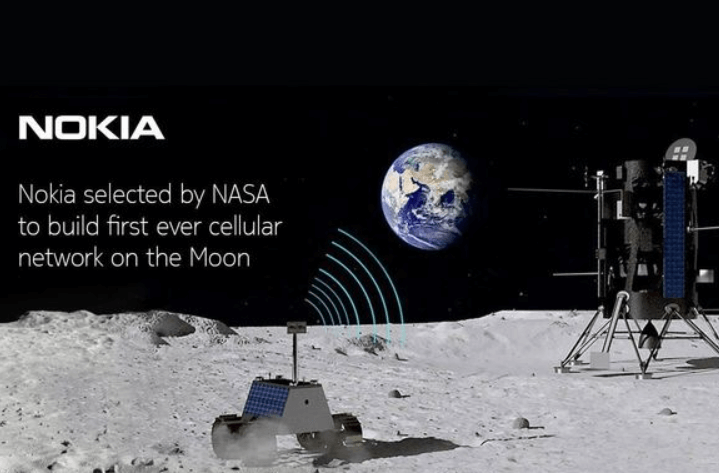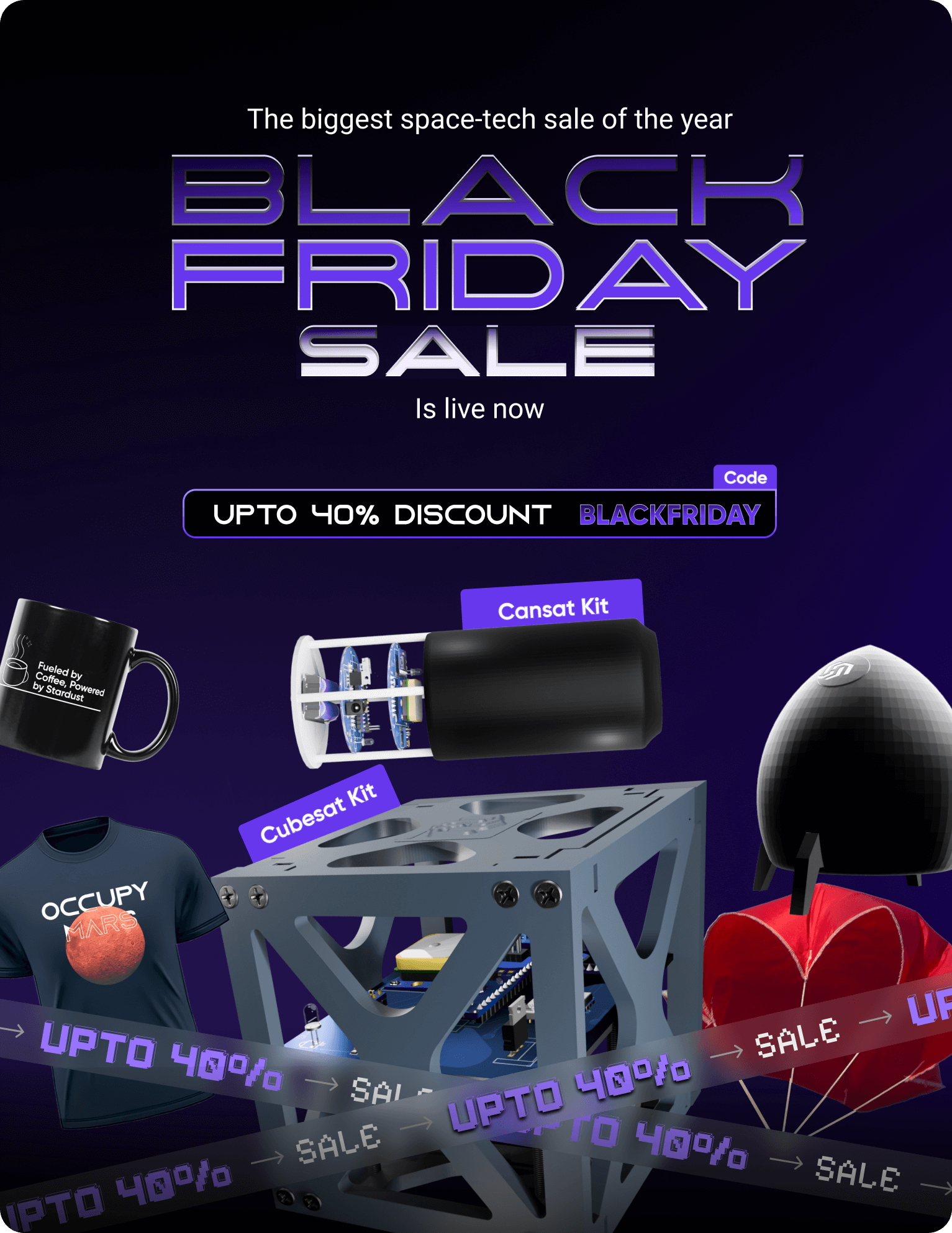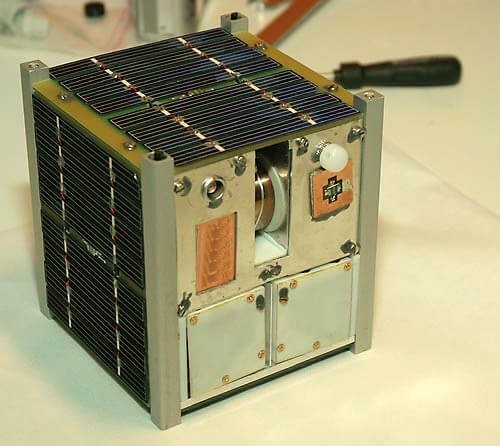As space missions become more frequent and ambitious, the demand for reliable communication infrastructure grows. Engineers, astronauts, and mission planners can no longer depend on one-way radio or delayed data links. They need fast, secure, and adaptable networks on the Moon, Mars, and beyond. Nokia Bell Labs recognizes this challenge and has stepped up to deliver a new kind of network built for space. With decades of experience driving breakthroughs in telecommunications, Bell Labs now applies its expertise to create scalable systems for off-world environments. Nokia Bell Labs is advancing space connectivity by deploying a compact, high-performance Moon LTE network designed to support surface operations.
A History of Innovation
Nokia Bell Labs is a popularly known for telecommunications breakthroughs. From inventing the transistor to advancing satellite technology, its legacy has shaped how the world communicates. The lab’s early contributions to the Telstar 1 satellite in the 1960s, which enabled the first transatlantic TV broadcasts, laid the groundwork for modern global connectivity. Now, that same spirit of discovery and practical engineering is being applied to develop next-generation solutions for off-world communication. Bell Labs is not entering this field as a newcomer; it’s continuing a long-standing tradition of pushing boundaries where technology meets the unknown.
Nokia Bell Labs has shaped the foundation of modern communication. Its scientists developed the transistor and helped launch Telstar 1, the first active communications satellite, in 1962. The team also built the Holmdel Horn Antenna, which played a key role in discovering the cosmic microwave background radiation. These achievements show a pattern of practical, forward-thinking invention. Today, Bell Labs channels this same mindset to solve the problem of space-based connectivity. Instead of just imagining space exploration, the company is designing the infrastructure to support it.
Why LTE for the Moon?
Long-Term Evolution (LTE) networks have been optimized over the years for high reliability, low power consumption, and broad coverage. These qualities make LTE an ideal candidate for space missions. By adapting terrestrial LTE for the Moon, engineers can leverage a proven, scalable, and standardized solution rather than building a custom network from scratch. The Moon LTE network will offer seamless communication between rovers, landers, and astronauts, allowing real-time control, data exchange, and telemetry without heavy reliance on ground-based relays.
Building the Lunar Network
During the IM-2 mission, Nokia deployed a compact 4G/LTE network on the Moon. Engineers designed the system called the “network-in-a-box” to withstand the Moon’s extreme temperatures, radiation, and dust. This box housed a microcell base station and used minimal power to maintain efficiency. The Nova-C lander, developed by Intuitive Machines, carried the network and positioned it near the lunar south pole. Once activated, the LTE system linked up with a rover and a micro-hopper, enabling communication across the surface.
Achievements of the Mission
The IM-2 mission proved that commercial mobile networks can operate in space. The LTE system transmitted telemetry and video, controlled devices remotely, and handled intermittent power conditions. It allowed the rover to send data back to Earth through the lander and communicated directly with nearby payloads. These capabilities mark a turning point in space communication. Instead of relying on bulky, expensive radio systems, future missions can now deploy lightweight, self-configuring mobile networks to support their goals.
Preparing for Mars and Deep Space
The Moon acts as a testing ground for deeper exploration. Every lesson Nokia learns from lunar deployments helps improve systems for Mars and beyond. Engineers already face challenges like greater distances, signal delay, dust storms, and limited sunlight. But the basic architecture modular hardware, autonomous software, and adaptive communication is already in place. As Mars missions grow in complexity, they will rely on networks built on these principles. Nokia’s early successes on the Moon show that the same ideas can work across the solar system.
Efficient Network Architecture
Nokia engineers built the system to work independently. The LTE node configured itself after landing, required no external commands to start, and continued to operate despite power fluctuations. Its modular hardware allowed for rapid deployment, while its software handled network traffic with minimal input. This focus on autonomy and efficiency makes the network ideal for remote environments both in space and on Earth. Emergency response teams, rural telecom operators, and industrial automation firms can all benefit from the same innovations Nokia tested on the Moon.
5G in Space
While the IM-2 mission used LTE, Bell Labs has already begun work on 5G systems for lunar and Martian applications. 5G offers faster speeds, lower latency, and support for more connected devices. It also enables network slicing, where operators can divide the network into segments with different capabilities. For space missions, this means one slice could control robotic rovers, while another handles video streaming or data backup. The ability to adapt the network to different users and needs makes 5G the next logical step for space communication.
Conclusion
Nokia Bell Labs has made the future of space communication tangible. By deploying a fully operational LTE network on the Moon, it proved that commercial mobile technology can support the needs of lunar exploration. Now, the company is developing 5G systems, exploring Martian applications, and bringing space-tested solutions back to Earth. This isn’t just about proving technical capability—it’s about laying the foundation for human expansion beyond our planet. The next time rovers navigate a crater or astronauts connect with mission control from a lunar base, they may rely on Nokia’s networks to do it.








